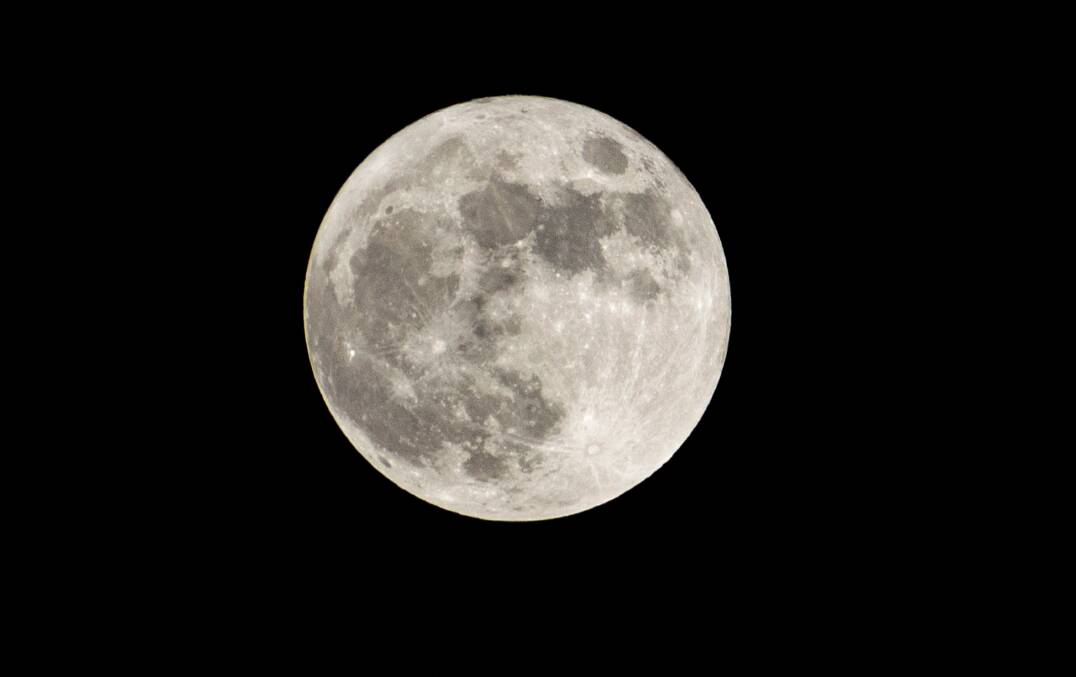2023 has been another big year in space. From missions to the moon, discoveries by the James Webb Space Telescope and more, here are my top 10 events and discoveries of 2023.
In 2023, we saw the first 3D-printed rocket launched. Standing over 30-metres tall, Terran-1 was Relativity Space's first rocket and nearly entirely 3D printed.
In June, the North American Nanohertz Observatory for Gravitational Waves (NANOGrav) announced the discovery of gravitational waves from supermassive black holes. For nearly a decade, we've been able to detect small (stellar mass) black holes colliding and producing ripples of gravity.
After over a decade of study, NANOGrav detected weak signals from supermassive black holes in the early universe - a big step in our understanding of black holes.
We also had two exciting missions launched - one to the moons of Jupiter and another to an asteroid. JUICE, which will arrive at Jupiter in 2031, will study Ganymede, Callisto, and Europa and learn more about the composition of these ice and ocean moons.
NASA launched the mission Psyche to the asteroid 16 Psyche, a fairly large asteroid. Psyche, we think, is rich in nickel, gold, platinum, and other elements. It will tell us if they can be used for resources in the future.
NASA's OSIRIS-Rex mission also returned to Earth, landing in the Utah desert with samples from the asteroid Bennu. Bennu is like a loose pile of rubble and part of a group of asteroids that are in an orbit around the sun that regularly cross Earth's orbit. These samples will tell us about these objects as well as the beginning of the solar system.
Japan had a pair of missions launched to the moon this year. The Japanese company ispace attempted the first commercial landing on the moon - something we will see a lot of in 2024. The Japanese Space Agency (JAXA) launched its own test mission, SLIM, to the moon, which will arrive in January.

In 2023, the James Webb Space Telescope had a laundry list of discoveries. One of the biggest ones was that it spotted the most distant, active supermassive black hole.
Supermassive black holes range from millions to billions of times the mass of our sun. JWST discovered a relatively small one at 4.7 million times the mass of our sun, similar to Sagittarius A* in our Milky Way.
While that may not sound small, usually the supermassive black holes in the distant universe are found to weigh over 1 billion times the mass of our sun. It is also only about 570 million years after the big bang.
JWST also studied the exoplanet K2-18b, and found some interesting things in its atmosphere. Astronomers found a lot of carbon dioxide and methane as well as a small amount of dimethyl sulfide. Dimethyl sulfide is made up of carbon, hydrogen, and sulfur and on Earth, is linked to life - plankton specifically. SpaceX's Starship had two tests this year, making great progress towards reaching orbit and a potential trip to the moon in 2024.
And the biggest story of the year is the success of India's Chandrayaan-3 which touched down on the lunar surface, making them only the fourth country to have a controlled landing on the moon. It is a sign of things to come in 2024 - which will be all about the moon.
- Brad Tucker is an astrophysicist and cosmologist at the Mount Stromlo Observatory and the NationalCentre for the Public Awareness of Science at the ANU.







